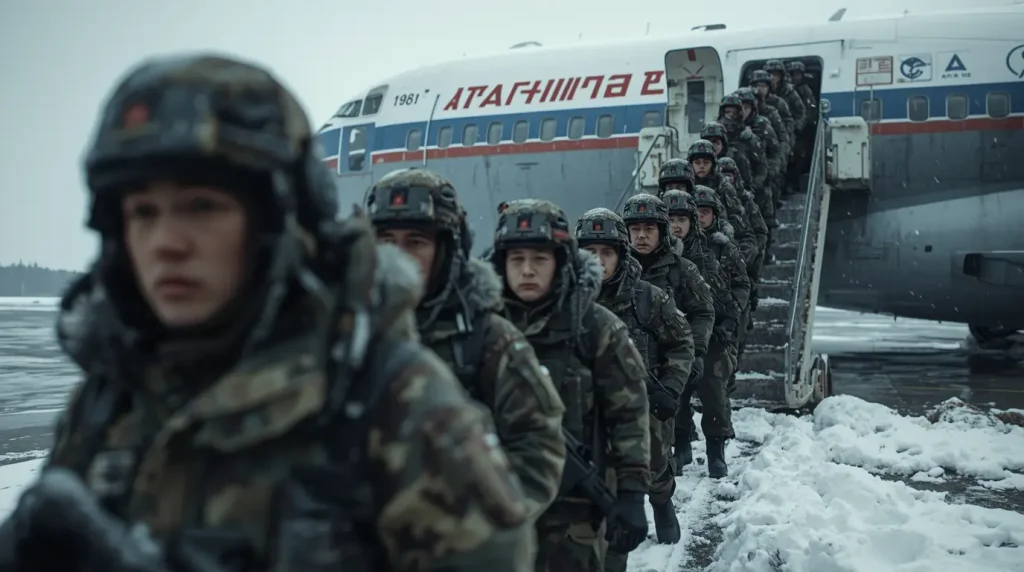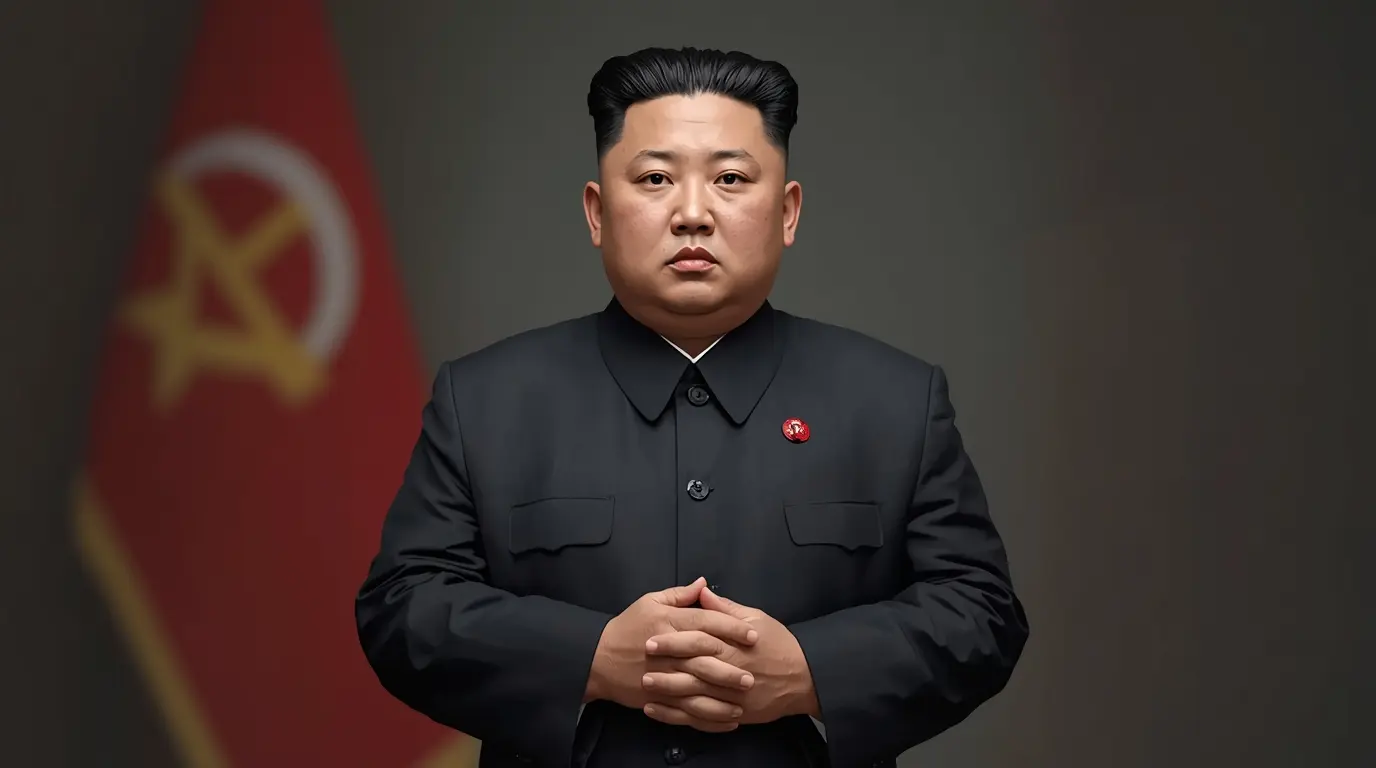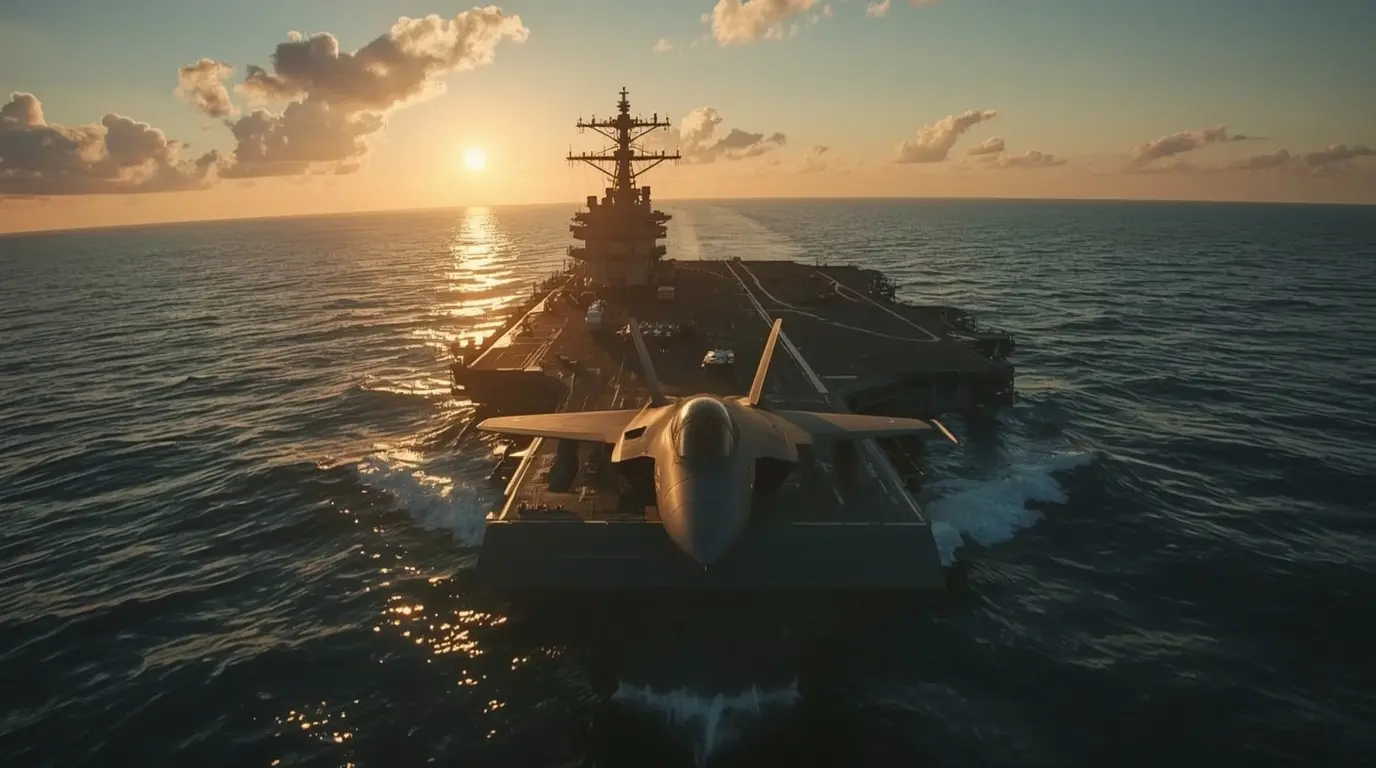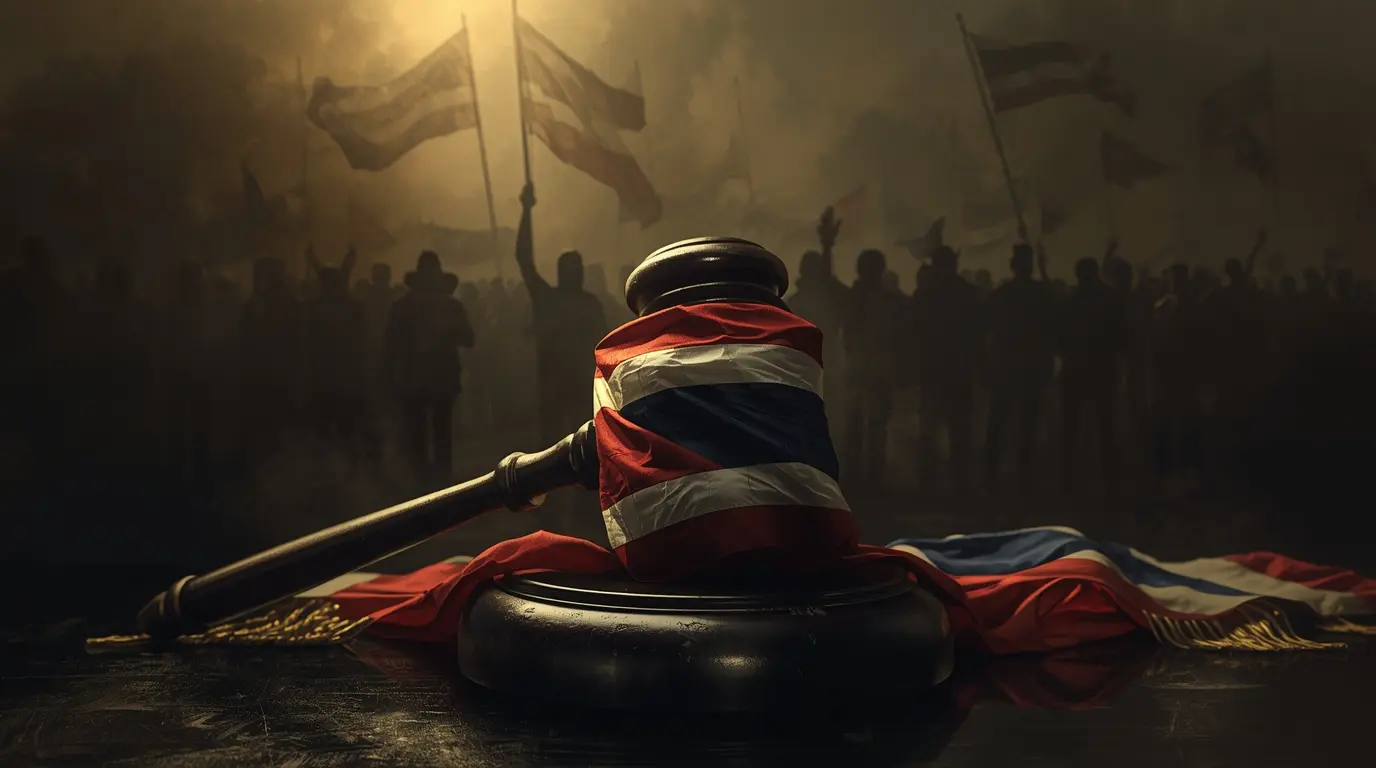New intelligence reports have jolted the international diplomatic community: North Korea’s Kim Jong Un has indeed sent thousands of his own soldiers to Ukraine as part of his promised military aid to Russia. The delivery of these troops has been independently verified by multiple Western intelligence agencies since CNN broke the news last night. This marks a dramatic escalation, giving Kim a frontline role in Europe’s biggest land war since World War II.
Analysts view the move as clear evidence of the deepening military bond between Pyongyang and Moscow. Until now, the alliance mostly involved North Korea shipping stacks of artillery and missile parts into Russia, a byproduct of both countries facing severe international sanctions. The arrival of North Korean troops, however, adds a darker and more dangerous dimension, bringing willingly committed infantry into Ukraine’s protracted grind.
Details of the Deployment
Reports from multiple sources say the deployment ordered by Kim Jong Un is sending several thousand soldiers from the Korean People’s Army (KPA) to the Russian-occupied Donetsk region of eastern Ukraine. Initially, these troops are thought to be helping Russian forces with construction and engineering work, likely building fortifications and other defensive positions.
Still, officials from the United States and South Korea are deeply worried this deployment is just the first step before the soldiers are ordered to join the fight. Kim Jong Un’s regime is known for putting its own people in danger and then ignoring the casualties, and analysts fear the soldiers could soon be pushed to the front lines to absorb Ukrainian fire, letting Russian troops move forward.

A Transactional Alliance of Necessity
This agreement comes rooted only in hard calculations. For President Vladimir Putin, Kim Jong Un’s offer of troops solves a problem his forces face: an urgent manpower shortage. Russian lines, despite claiming superior overall troop counts, have taken shockingly high casualties, and any additional human waves—even from the relatively poorly trained North Koreans—can be funneled to hold weak points or mount painful assaults, freeing more skilled Russian battalions for higher-priority objectives or for rest.
For the North Korean leader, the advantages of this military “partnership” are equally plain. Juche’s First Party, known for stretching rations, now counsels troop managers to provide combat-ready “gifts” in exchange for shipments of flour, diesel, and power-plant repairs. One key prize being secured in parallel for Black Sea port-side work teams is access to key Russian military hardware. Whispering satellite-armed analysts suggest that the real price for artillery donations and sentry brigades is now a taxonomy of Russian advanced hardware: data readers for fighter upgrades, launch tube technology for missiles, and—perhaps—design kits for civil-power units that might shrink to underwater reactors.
International Condemnation and Warnings
The global reaction has been fast and sharp. A White House spokesperson described the action as “a desperate and destabilizing act” and promised “severe consequences” for both countries. Officials at NATO have called it “a blatant violation of international law” and a sign that Russia is leaning further towards isolated regimes. Japan, the European Union, and the G7 have echoed these themes, urging Kim Jong Un and Putin to reconsider. South Korea, concerned about the deepening ties between Kim Jong Un and Vladimir Putin, has made a tough statement: any deployment of North Korean forces would be seen as “an act of hostility” prompting a quick, strong reaction, though authorities have not detailed what that measure would be.
The High-Stakes Gamble for Kim Jong Un
The gamble for Kim Jong Un is enormous. Sending North Korean troops to die overseas could quickly turn on him, creating unrest in a country that is already on edge. It would seal his country’s role as a member of a “axis of authoritarians,” standing against the US-led global system along with Russia and China. This label limits financial and diplomatic options and forces Kim Jong Un to lean on Russia and China for more aid and support, leaving his own country with even scarcer resources.
Western security planners fear Kim Jong Un’s recent Ukraine orders could crank up a permanent escalation tower. North Korean divisions could come away from a real-tank campaign with the “school-of-pain” badge that the Korean People’s Army last pinned in 1953. After that, they could slop revised Russian tech, new-era dwarf missiles, and latest tactics onto freshly bruised veterans straight onto the Iaido KPA Peninsula when the North stops marching, suddenly upgrading Kim Jong Un’s military drift from managed shock to sustained threat. Every pack of future crises clicks tighter, with a side of obsession to the West.
Conclusion: A New, Ominous Chapter
Sending KPA manpower to fields still lit by Ukraine’s shattered power grid is no cheap-of-the-day snapshot. It’s a wide-open page that red-inks a 70-year old manuscript, sealing Kim Jong Un and Putin into units’ night parades and nightmare dreams of a trans-Eurasian unit of the night. The Korean Peninsula boundary fades inside chat-window blur, and the military chessboard in Prague, Zhengzhou, and Doha suddenly marks “deep-space” with North-Centered Axis droppings of artillery brigades and off-banting brothers happily forging unit flags.
As media fades to midnight and cameras dare to still sip the colors, the world is palletizing, parked, or perished into pivots. The West’s playbooks stand at squares waiting for declarative rook moves or firm pawn respect. Every “Was that a fluke” question circles a new stroke looking to land. From Beijing to Bonn, the blinking alarm sits at the red-center of the map: 2024 security calculus, visible and verging into unknown dimensions, awaiting contracting or contested.
Source: https://edition.cnn.com/2025/08/21/asia/kim-jong-un-north-korea-soldiers-russia-ukraine-intl-hnk
For more incredible stories of everyday news, return to our homepage.





